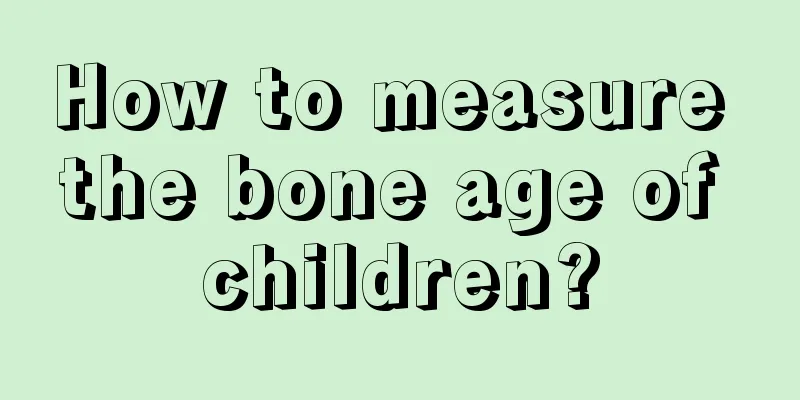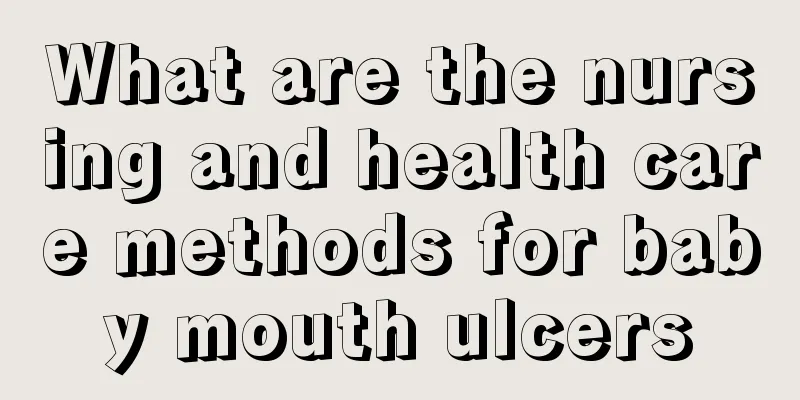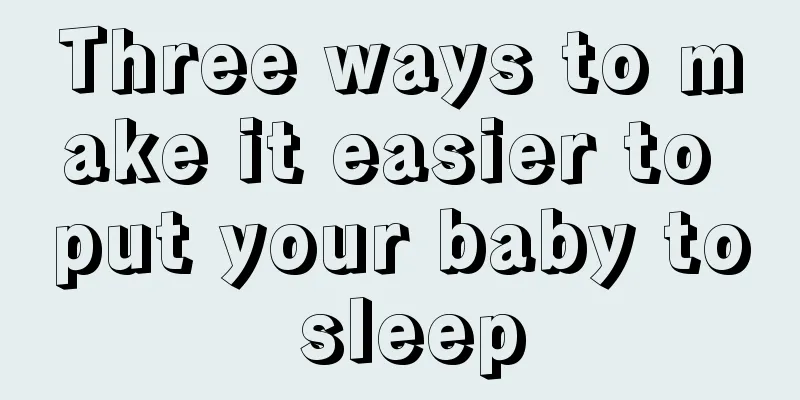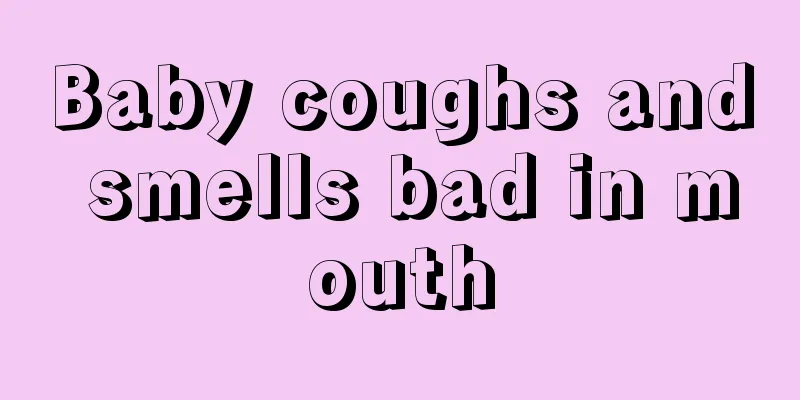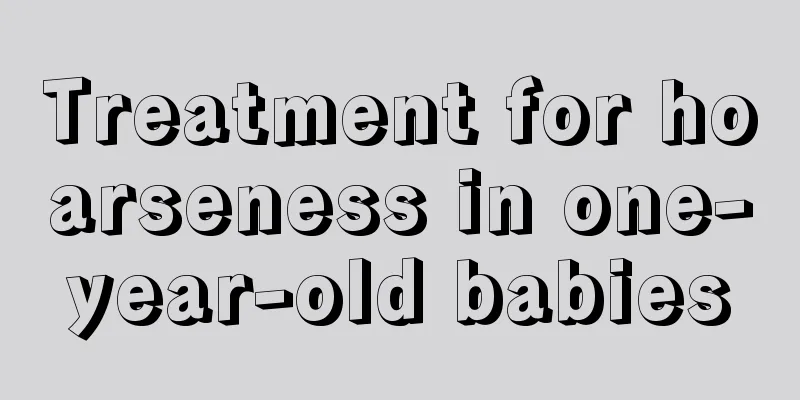What to do if your baby has a high fever

|
In real life, any disease that occurs in babies is likely to have a serious impact on their growth, and colds and fevers are a very common disease in babies. Many children suffer from very serious diseases such as pneumonia due to fever. Therefore, parents often take measures to prevent their babies from catching colds due to colds in their daily care of their babies. So, what should babies do if they have a high fever? 1. Warm water bath A warm water sponge bath means wiping the whole body with a warm water towel. This is a good way to cool down and is suitable for all babies with fever. The water temperature should be between 32 and 34 oC, and each wiping time should be more than 10 minutes. The key areas to wipe are the skin folds, such as the neck, armpits, elbows, groin, etc. 2. Low temperature chamber method Place the sick child in an environment with a room temperature of about 24°C to allow the body temperature to slowly drop. In order to allow the baby's skin to come into contact with the outside air and help cool down, the baby needs to wear less clothes. If conditions permit, you can also use air conditioning to lower the room temperature. This method is suitable for babies under 1 month old, especially in summer. As long as you open the baby's clothes and put him in a cool place, his body temperature will slowly drop. If your baby has chills and shivering when having a fever, you should not use the low-temperature chamber method. 3. Warm water bath The water temperature is about 3 to 4°C lower than the patient's body temperature, and should be kept for 5 to 10 minutes each time. Many parents think that babies should not be bathed when they have a fever. In fact, it is just the opposite. Giving babies a warm bath can help cool them down. A warm bath is suitable for all babies with a fever. 4. Drink more warm water, vegetable juice and fruit juice If a baby has a fever, you can let the baby drink more water to replenish body fluids. This is the most basic method of cooling down, and it is also very effective and practical, suitable for all babies with fever. However, it is important to remember not to give your baby cold water, because fever is often accompanied by gastrointestinal symptoms and cough, and drinking cold water will aggravate these accompanying symptoms. Give your baby warm water. Strictly speaking, the treatment of infant fever should be distinguished from the treatment of adult colds. Given that infants have relatively low immunity, after they have a cold and fever, in order to prevent the high fever from persisting for a long time and posing a threat to the health of the child, the above four methods are worth considering for parents. |
<<: What is pneumonia in babies?
>>: Complete knowledge of baby's hearing
Recommend
Newborn baby has transparent blisters on face
It is relatively common for newborns to have tran...
What harm does tooth decay do to children?
Children love to eat snacks, especially sweets, s...
How many milliliters of milk does a newborn baby eat at 50 days?
Under normal circumstances, if the baby eats a no...
What is the cause of the baby's bubble poop?
When children are young, all aspects of their gas...
The baby is limping but it doesn't hurt
In life, there are always some parents who find t...
What to do if your child has high jaundice
People at different stages may have different phy...
Red pimples on the child's face
Children's skin is delicate and their body re...
Can white rash on children be cured?
Pityriasis alba is a skin disease that is more co...
Massage method for diarrhea relief in children
If a child has severe diarrhea, then in this case...
Does hand, foot and mouth disease itch in children?
Although hand, foot and mouth disease is not that...
Can newborns use pine pollen?
Newborns have not yet fully developed their bodie...
Children's flower roll recipes
Nowadays, many children are picky eaters. Not onl...
What to do if children have exposed tooth roots
The second tooth replacement experience in childh...
The probability of spontaneous recovery of neonatal ventricular septal defect
I believe that many people are not very familiar ...
What should I do if my child doesn’t fight back?
Children who go to school or play together often ...
